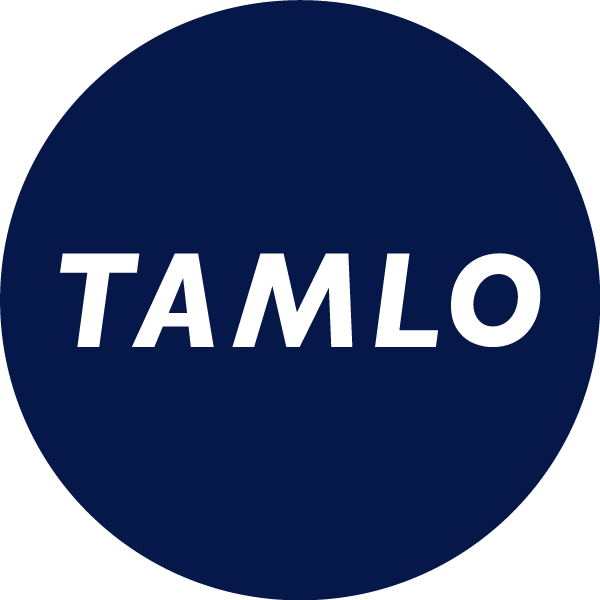Exploring the Social Media Landscape in Japan: A Guide for Content Marketers

Japan is a unique and dynamic market with distinct social media usage patterns. For companies looking to enter the Japanese market, understanding these trends is crucial for effective content marketing. Here’s a comprehensive overview of the latest social media landscape in Japan.
1. Key Social Media Platforms
1.1 LINE
LINE is the most popular social media platform in Japan, with over 95 million active users*. It is primarily a messaging app but has evolved into a multifunctional platform offering news, payment services (LINE Pay), and more. Businesses can utilise LINE for direct communication with customers, promotional activities, and even e-commerce.
*Source: LINE Campus
1.2 X (formerly Twitter)
X has a significant user base in Japan, with around 50 million monthly active users*. The platform is known for its real-time nature, making it ideal for trends, news, and customer service. Japanese users are highly engaged, often using X for public discussions and following brand accounts for updates and promotions. Notably, X is heavily used anonymously in Japan, with many users preferring to interact without revealing their real identities. This anonymity allows for open and candid conversations, making it a unique aspect of the platform in the Japanese context. Brands can use X to conduct polls, share live updates, and engage directly with consumers in a more relaxed and spontaneous environment.
*Source: Nikkei Asia

1.3 Instagram
Instagram's popularity continues to grow, especially among younger demographics. With approximately 33 million users, it’s a crucial platform for visually-driven marketing strategies. Influencer marketing is particularly effective on Instagram in Japan, where visual aesthetics and lifestyle content resonate well with users.
*Source: Hottolink
1.4 TikTok
TikTok has rapidly grown in Japan, particularly among teenagers and young adults. With its focus on short, engaging videos, it allows brands to create viral content and connect with younger audiences creatively.
*Source: Hottolink
1.5 Facebook
While Facebook’s user base is not as large as LINE or X, it remains relevant, particularly among professionals and older demographics. With around 26 million users, Facebook is valuable for community building, event promotion, and detailed advertising targeting. Brands can use Facebook to create detailed business pages, host events, and foster community groups. Additionally, Facebook’s robust advertising platform allows for precise targeting based on user interests, demographics, and behaviour, making it a powerful tool for reaching specific audience segments.
*Source: Hottolink
1.6 LinkedIn
LinkedIn is not as widely used in Japan compared to other countries, but it has been steadily growing, especially among professionals in the tech and business sectors. In 2022, LinkedIn surpassed 3 million users in Japan. It’s a valuable platform for B2B marketing, networking, and recruitment. Companies looking to hire or connect with professionals in Japan should consider maintaining a presence on LinkedIn to tap into this niche yet influential audience. LinkedIn is particularly useful for sharing industry insights, company updates, and professional achievements.
*Source: LinkedIn Japan
1.7 YouTube
YouTube is highly popular in Japan, with millions of users consuming video content daily. It’s a powerful platform for brand storytelling, tutorials, and entertainment. Japanese YouTubers, or "YouTubers," have significant influence, and collaborating with them can boost brand visibility. Additionally, YouTube ads offer a targeted approach to reach specific demographics. Brands can use YouTube to create engaging video content such as product reviews, behind-the-scenes footage, and customer testimonials to enhance brand credibility and reach.
2. Key Trends and Insights
2.1 Rise of Video Content
Video content is increasingly popular across all major platforms. Short-form videos on TikTok and Instagram Reels, as well as live streaming on LINE and YouTube, are effective in capturing user attention and engagement. Brands should focus on creating compelling video content tailored to each platform’s style and audience.
2.2 Influencer Marketing
Influencer marketing continues to be a highly effective strategy in Japan. Japanese consumers place significant trust in recommendations from influencers, particularly those who are seen as authentic and relatable. Partnering with influencers who have a strong following in your target demographic can greatly enhance brand awareness and credibility. This approach helps bridge the gap between brands and consumers, making marketing efforts more impactful and engaging.
2.3 E-commerce Integration
Social media platforms in Japan are increasingly integrating e-commerce features. LINE Shopping and Instagram Shopping allow users to purchase products directly through the apps, streamlining the shopping experience. Brands should leverage these features to facilitate seamless transactions and enhance customer convenience.
2.4 Privacy and Trust
Japanese consumers place a high value on privacy and data security. Brands need to communicate their commitment to protecting user data and adhere to local regulations. Building trust through transparent practices and secure transactions is critical for long-term success.
2.5 Stealth Marketing Regulations
Japan has strict regulations regarding stealth marketing, commonly known as "ステマ" (sutema) or "ステルスマーケティング" (stealth marketing). This involves undisclosed promotions where influencers or users are paid to promote products without revealing the sponsorship. The Consumer Affairs Agency of Japan enforces these regulations to ensure transparency and protect consumers from misleading advertisements. Brands must disclose any paid partnerships and sponsored content to avoid legal repercussions and maintain trust with their audience.
3. Strategies for Success
3.1 Localise Your Content
Localisation is key in Japan. Content should be tailored to reflect Japanese culture, language, and societal norms. This includes using the Japanese language proficiently and understanding cultural nuances to create resonant and respectful content.

3.2 Utilise Data and Analytics
Leverage data and analytics to understand user behaviour, preferences, and trends. Platforms like LINE and X offer robust analytics tools that can help refine your marketing strategies and improve engagement rates.
3.3 Engage with Your Audience
Active engagement with your audience is crucial. Respond to comments, messages, and feedback promptly. Building a strong relationship with your followers fosters loyalty and enhances brand perception.
3.4 Experiment and Adapt
The social media landscape is ever-evolving. Regularly experiment with new content formats, trends, and strategies. Stay updated with the latest platform features and user preferences to adapt your approach and stay relevant.
Conclusion
Understanding and navigating the social media landscape in Japan requires a strategic approach tailored to local preferences and behaviours. By leveraging the unique features of each platform, focusing on video content, collaborating with influencers, ensuring privacy and trust, and adhering to stealth marketing regulations, businesses can effectively connect with Japanese consumers and achieve their marketing goals.
If you would like to learn how we can assist you with social media marketing in Japan, please feel free to contact us.





